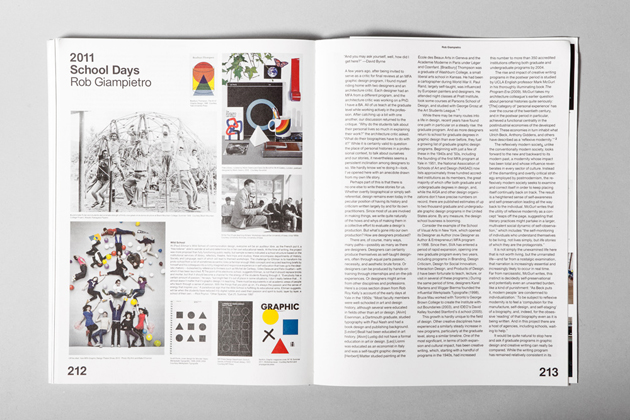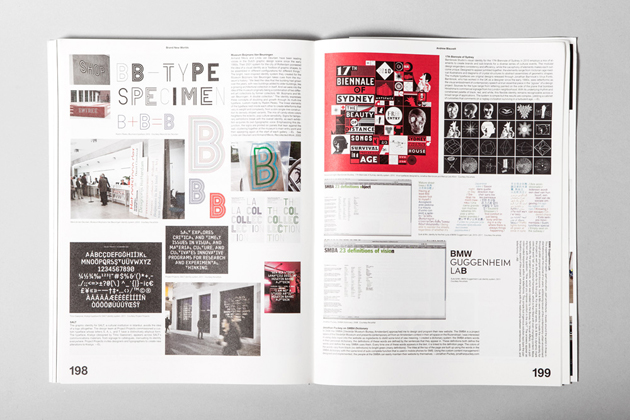What exactly is graphic design? Who are its most significant contemporary practitioners and why? What kind of activities does it engage with? How does it impact our daily lives? What is the range of human environments it deals with? Is it only a self-absorbed discipline that speaks to a few selected ones or can we all benefit from it? How can it tackle relevant social issues, and using which tools? This is an extremely limited list of questions that might come up thinking about graphic design, and this month’s carefully selected book answers quite a few of them.
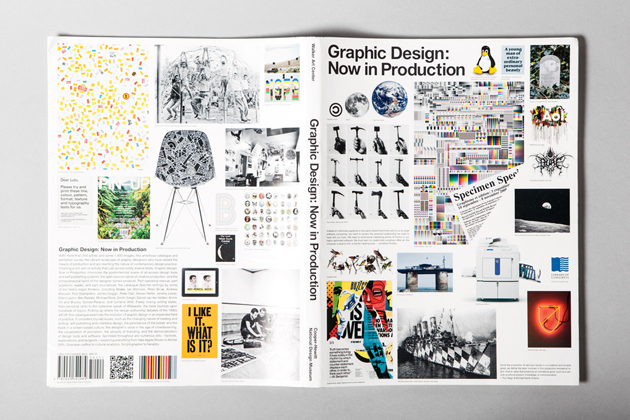
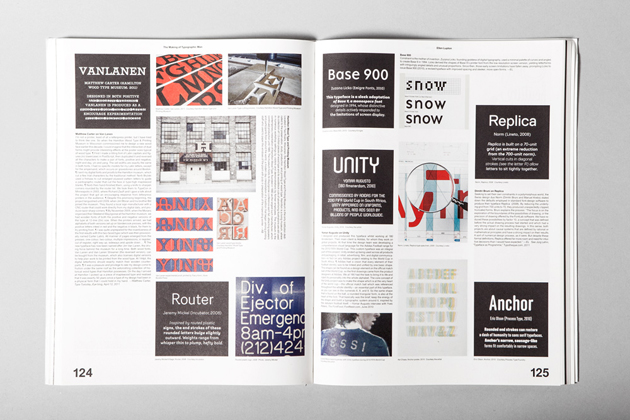
“Graphic Design: Now In Production” is a book born as a catalogue of an exhibition held at Walker Art Center and Cooper Hewitt National Design Museum respectively, back in 2012. Edited by Andrew Blauvelt and Elen Lupton, two of the most prominent design theoreticians and critics, it results quite an appealing compendium of contemporary graphic design practices. Starting with a series of critical articles written by contributors such as Steven Heller, James Goggin, Michael Rock and Daniel van der Velden, it engages in discussion about different, but equally critical, evaluations about contemporary design practice. From the idea of designer as author (or writer), largely debated during the turn of the last century, to the role of research and critical investigation through the graphic design, to the idea of designer as entrepreneur proposed multiple times by aforementioned Heller, these short essays tackle and bring to life how design can become socially, culturally, politically and even economically relevant.
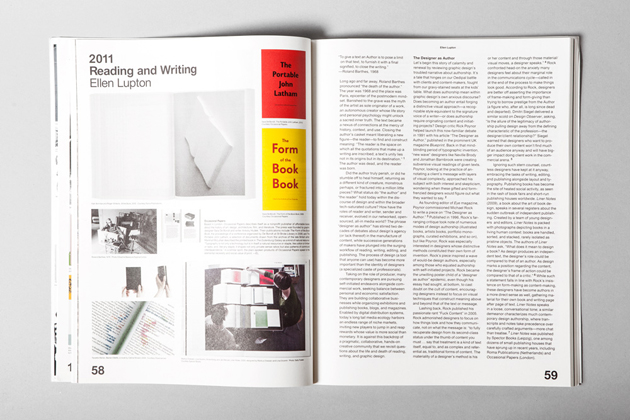
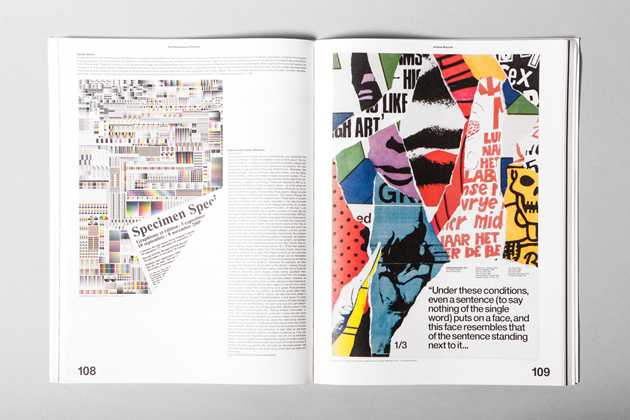
On the other hand, the second part of the book engages in an analysis of different outputs graphic design can be applied to. From the most traditional examples of graphic design excellency such as posters, through magazines, font design, film title sequences, to end with data representation and digital interfaces, it successfully, even though not exhaustively, takes into account the wide range of material artefact graphic design can give shape to. Even though this book might prove as tough summer reads for the not-so-into-design people, it should nevertheless be given a chance, since we might all benefit from a better understanding of what graphic design really is all about.
